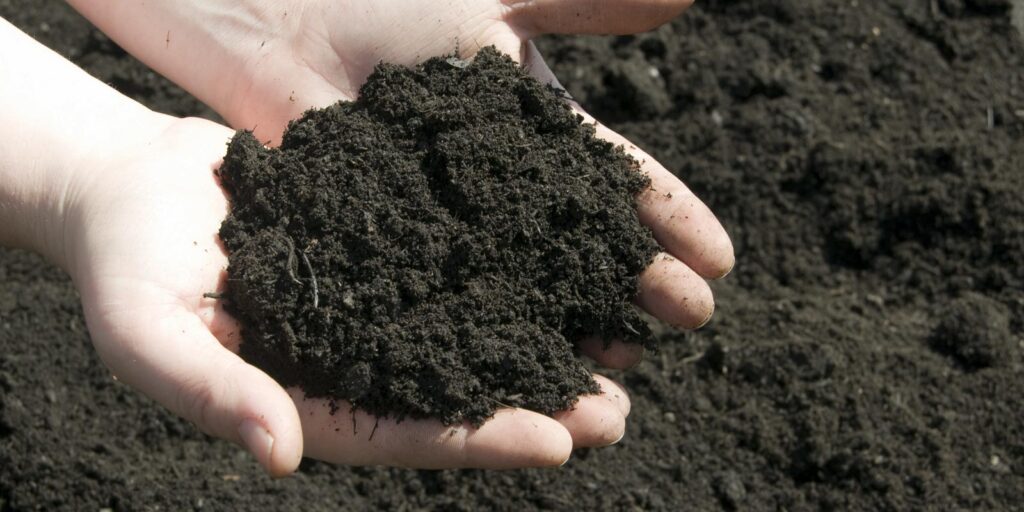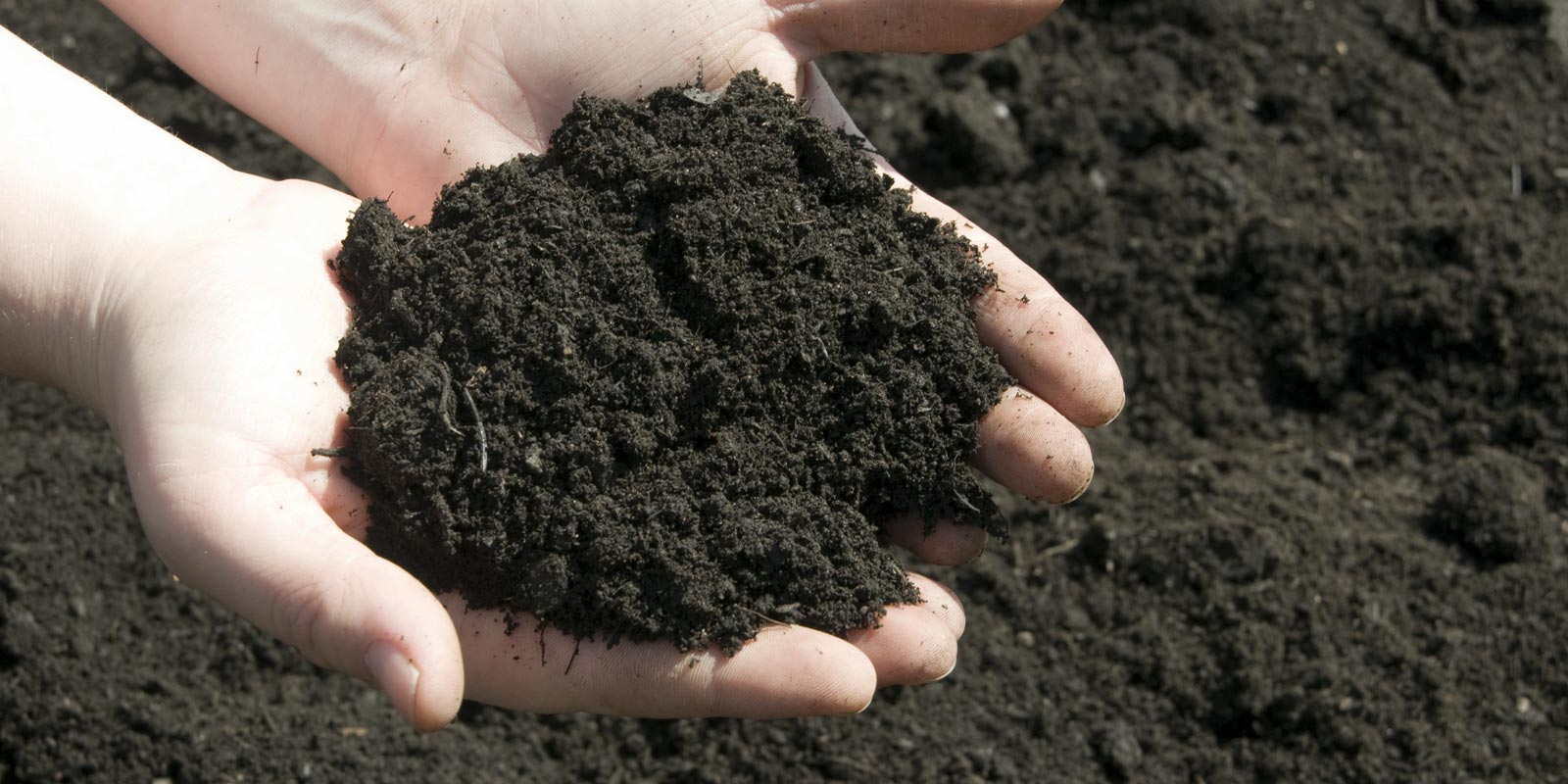
Finding the Perfect Landscape Dirt Near Me: A Comprehensive Guide
Embarking on a landscaping project, whether it’s creating a vibrant garden, leveling your yard, or building a retaining wall, often begins with a simple yet crucial question: “Where can I find quality landscape dirt near me?” The success of your project hinges on the quality of the landscape dirt you choose. This guide provides a comprehensive look at sourcing the right landscape dirt for your needs, ensuring your plants thrive and your outdoor space flourishes. We’ll cover everything from identifying your soil needs to locating reputable suppliers of landscape dirt near me.
Understanding Your Soil Needs
Before you start searching for landscape dirt near me, it’s crucial to understand what type of soil your project requires. Different plants and projects have different soil needs. Consider the following factors:
- Soil Type: Is your project better suited for topsoil, fill dirt, garden soil, or a specialized blend?
- Drainage: Does your project require well-draining soil, or does it need to retain moisture?
- Nutrient Content: What nutrients are essential for the plants you plan to grow?
- pH Level: What is the ideal pH level for your plants, and how will the soil affect it?
A soil test can provide valuable insights into your existing soil and help you determine what amendments or new landscape dirt are necessary. [See also: Understanding Soil Composition for Successful Landscaping]
Types of Landscape Dirt and Their Uses
Once you understand your soil requirements, you can begin exploring the different types of landscape dirt available:
- Topsoil: The uppermost layer of soil, rich in organic matter and nutrients, ideal for gardening and planting.
- Fill Dirt: Subsoil used for filling in holes, leveling ground, and providing a base for construction projects. It typically has less organic matter than topsoil.
- Garden Soil: A blend of topsoil, compost, and other organic materials, specifically formulated for growing plants.
- Compost: Decomposed organic matter that enriches the soil with nutrients and improves its structure.
- Screened Topsoil: Topsoil that has been sifted to remove rocks, roots, and other debris, resulting in a finer, more uniform texture.
Choosing the right type of landscape dirt is essential for the success of your project. For instance, using fill dirt for a vegetable garden would be detrimental, as it lacks the necessary nutrients and organic matter. Conversely, using topsoil to fill a large hole would be unnecessarily expensive and potentially unstable. Sourcing the correct landscape dirt near me saves time and money in the long run.
Finding Landscape Dirt Near Me: Sourcing Options
Now that you know what type of landscape dirt you need, it’s time to find a supplier. Here are several options to consider when searching for landscape dirt near me:
- Local Nurseries and Garden Centers: These often carry a variety of soil types and blends, including topsoil, garden soil, and compost. They also offer expert advice on choosing the right soil for your project.
- Landscaping Supply Companies: These companies specialize in providing landscaping materials, including landscape dirt, mulch, gravel, and stone. They typically offer bulk delivery options.
- Construction and Demolition Companies: Sometimes, these companies have excess fill dirt from excavation projects that they may be willing to sell or give away.
- Online Marketplaces: Websites like Craigslist or Facebook Marketplace can be a good source for finding landscape dirt from individuals or small businesses. Exercise caution and inspect the soil before purchasing.
- Home Improvement Stores: Large home improvement stores like Home Depot and Lowe’s also carry bagged topsoil, garden soil, and compost.
When searching for landscape dirt near me, it’s important to consider the quantity you need. For small projects, bagged soil from a garden center or home improvement store may be sufficient. However, for larger projects, buying in bulk from a landscaping supply company is often more cost-effective. The term “landscape dirt” is pretty broad, so specifying your need is important.
Questions to Ask Your Landscape Dirt Supplier
Before purchasing landscape dirt, it’s important to ask the supplier some key questions to ensure you’re getting a quality product:
- What type of soil is it? Get a clear description of the soil composition.
- Has it been tested? Ask if the soil has been tested for contaminants, such as heavy metals or pesticides.
- What is the organic matter content? A higher organic matter content generally indicates a more fertile soil.
- What is the price per cubic yard? Compare prices from different suppliers to ensure you’re getting a fair deal.
- What are the delivery options and costs? Find out if the supplier offers delivery and what the associated costs are.
Don’t hesitate to ask for references or to see samples of the landscape dirt before making a purchase. A reputable supplier will be happy to answer your questions and provide you with the information you need to make an informed decision. Finding quality landscape dirt near me involves some due diligence.
Inspecting Landscape Dirt Before Purchase
Regardless of where you source your landscape dirt, it’s crucial to inspect it before purchasing. Look for the following:
- Color: Rich, dark soil generally indicates a high organic matter content.
- Texture: The soil should be loose and crumbly, not compacted or clumpy.
- Smell: The soil should have a pleasant, earthy smell, not a foul or chemical odor.
- Debris: The soil should be free of rocks, roots, weeds, and other debris.
- Pests: Inspect the soil for signs of pests, such as insects or larvae.
If you notice any red flags, consider sourcing your landscape dirt from a different supplier. The quality of your soil directly impacts the health and vitality of your plants. Using good landscape dirt is a great start.
Delivery and Storage of Landscape Dirt
Once you’ve purchased your landscape dirt, you’ll need to arrange for delivery or transportation. If you’re buying in bulk, most landscaping supply companies offer delivery services. Be sure to specify where you want the soil to be dumped and ensure the delivery truck has adequate access to the area.
If you’re not using the soil immediately, it’s important to store it properly to prevent it from drying out or becoming contaminated. Cover the soil with a tarp to protect it from the elements. Avoid storing soil in direct sunlight or in areas where it could be exposed to chemicals or pollutants. Proper storage of your landscape dirt can help maintain its quality.
DIY Soil Blends
For the more adventurous gardener, creating your own soil blends can be a rewarding experience. By combining different types of landscape dirt and amendments, you can tailor the soil to the specific needs of your plants. For example, you could create a custom blend for raised garden beds by combining topsoil, compost, and peat moss. [See also: Creating the Perfect Soil Mix for Your Garden]
Experimenting with different soil blends can help you optimize plant growth and create a thriving garden. Remember to test your soil regularly and adjust your blend as needed. However, always start with a good base of landscape dirt.
The Importance of Sustainable Sourcing
When sourcing landscape dirt near me, consider the environmental impact of your choices. Opt for suppliers who practice sustainable soil management techniques, such as using recycled materials and minimizing soil erosion. By choosing sustainably sourced landscape dirt, you can contribute to a healthier environment. Many local companies now offer sustainably sourced landscape dirt.
Troubleshooting Common Soil Problems
Even with the best landscape dirt, you may encounter soil problems over time. Common issues include:
- Compaction: Soil can become compacted over time, especially in high-traffic areas. Aerating the soil can help improve drainage and root growth.
- Poor Drainage: If the soil doesn’t drain well, it can lead to root rot. Adding organic matter or installing drainage systems can help improve drainage.
- Nutrient Deficiencies: Plants may exhibit signs of nutrient deficiencies, such as yellowing leaves or stunted growth. Soil testing can help identify deficiencies, and fertilizers can be used to correct them.
- pH Imbalance: The pH level of the soil can affect nutrient availability. Lime can be used to raise the pH, while sulfur can be used to lower it.
Addressing soil problems promptly can help ensure the health and vitality of your plants. Consistent monitoring of your soil and the plants growing in it is a good practice. Good landscape dirt is just the beginning.
Conclusion: Achieving Landscaping Success Starts with the Right Dirt
Finding the perfect landscape dirt near me is a critical step in any landscaping project. By understanding your soil needs, exploring your sourcing options, and inspecting the soil before purchasing, you can ensure that you’re getting a quality product that will support healthy plant growth. Whether you’re creating a vibrant garden, leveling your yard, or building a retaining wall, starting with the right landscape dirt will set you up for success. Remember to consider the environmental impact of your choices and opt for sustainably sourced materials whenever possible. With careful planning and attention to detail, you can create a beautiful and thriving outdoor space. The right landscape dirt makes all the difference.

